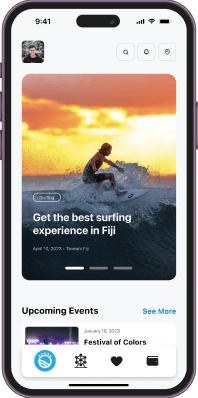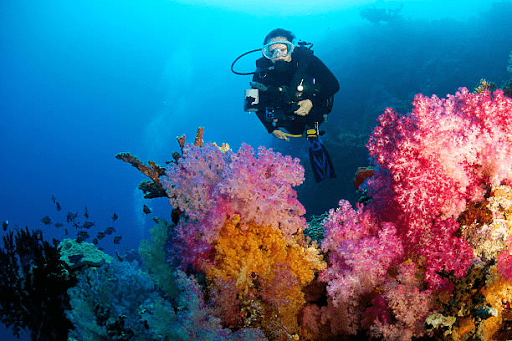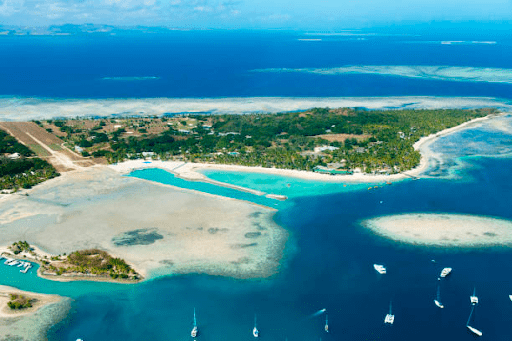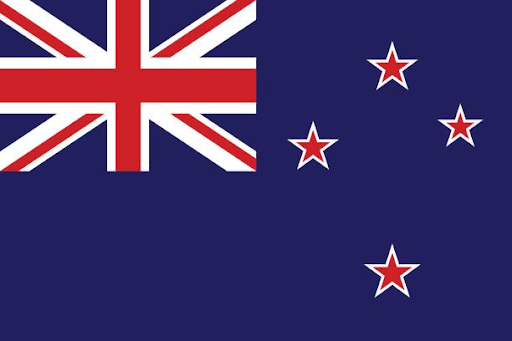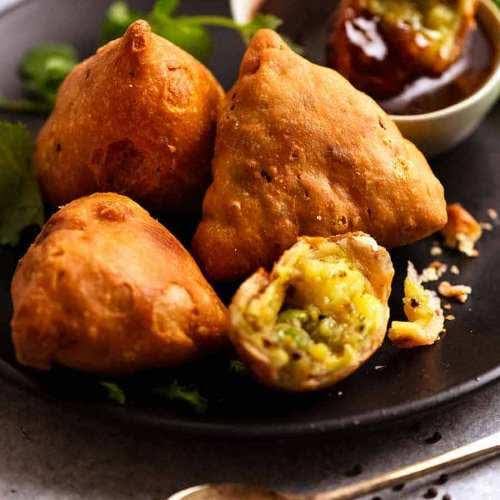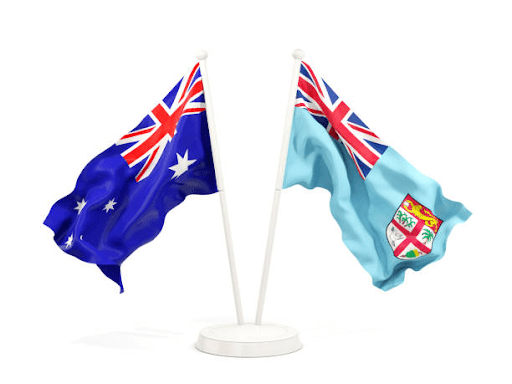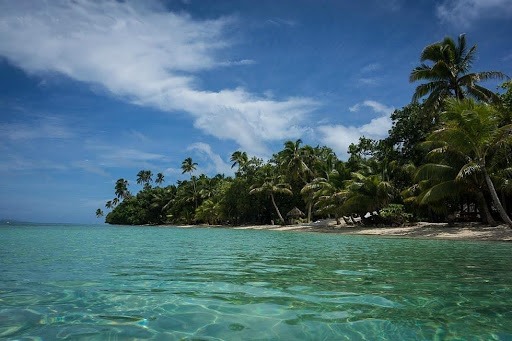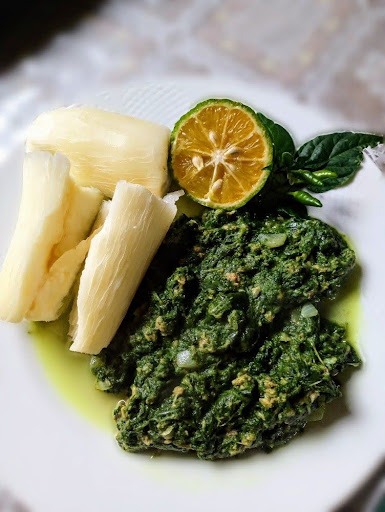All you need to know about diving in Fiji
There are many names which Fiji lives by. From ‘The Soft Coral Capital of the World’ to ‘The Best Shark Diving Location in the World.’ Just from the titles, you know that Fiji is no ordinary place, and it’s hailed as a world-class dive destination.
Fiji is best known for its vibrant colourful soft corals, great variations of healthy hard corals, clear water and a great variety of reef fish. Aside from that, Fiji is home to some of the world’s best shark dives, especially in the Beqa Lagoon area where the country’s Shark Reef Marine Reserve is located. Jacques Cousteau, known as the father of scuba diving, coined the term “Soft Coral Capital of the World” for Fiji. The name has given Fiji much of its diving identity.
Why is Fiji such a popular diving spot?
It’s no surprise that Fiji is a go-to destination for scuba divers. Fiji boasts some of the best diving conditions in the world. Some of the world’s longest barrier reefs can be found here; the ‘Great Sea Reef’ and the ‘Great Astrolabe Reef’ and multiple world class dive sites like ‘Grand Central Station’, Nigali Passage and the ‘Great White Wall’. Fiji’s coral reefs are celebrated for their diversity of habitat and marine life.
The warm hospitality of the friendly Fijian also makes visitors’ underwater experience highly memorable. Nothing beats arriving at your resort and being greeted with guitars and singing. Fiji’s tropical climate also makes it a year-round dive destination. The shallow waters of Fiji’s many reef-fringed lagoons are the perfect training ground for divers.
Most resorts offer their own dive operators, who can offer everything from introductory resort dives for beginners to an open-water certification course for those looking to take their diving skills to the next level.
How many diving sites are there in Fiji?
There are over 100 diving sites for you to choose from in Fiji depending on your skills.
What are some recommended diving spots in Fiji?
The Mamanuca Islands and Yasawa Islands are great diving destinations for beginners. The areas are close to Nadi, the primary port of entry in Fiji. Nadi is easily accessible with great island-hopping adventures and activities. The dive sites are generally safe for novices and beginners, and many resorts have coral gardens and other easy places to explore.
There are many other fantastic underwater spots for all skill levels in Fiji. Experienced divers should check out the Great White Wall off Taveuni – possibly the best soft-coral dive in Fiji rich with marine life – the Nasonisoni Passage off Vanua Levu, and E6 in the Lomaiviti Islands.
Beqa Lagoon
One of the best known Fiji scuba diving destinations and once christened “The Mecca of Pacific Diving”, Beqa Lagoon (pronounced Benga), lies just south of Viti Levu, the main island of Fiji where international flights arrive. Just two and half hours’ drive from Nadi on Fiji’s southern coast, you can be diving Beqa Lagoon’s gorgeous reef. Surrounded by one of the world’s largest and most spectacular barrier reefs, Beqa is abundant and untouched. In the lagoon, you’ll have a chance to discover sunken wrecks, wall dives and coral lined tunnels. The lagoon is nutrient-rich so hard and soft coral and small reef life proliferate. In addition, there are a fair amount of larger pelagic fish, turtles, and more. It’s also the home of the Shark Reef Marine Reserve. This is the first protected marine sanctuary for sharks in Fiji. The reef has a regular population of 8 different shark species including whitetip reef sharks, blacktip reef sharks, tawny nurse sharks, grey reef sharks, sicklefin lemon sharks, silvertip sharks, bull sharks and tiger sharks. Hammerhead sharks and manta rays are less common visitors to the reef.
The Great Astrolabe Reef
The Great Astrolabe Reef surrounds the fourth largest island, Kadavu Island, which is approximately 65 km in length. Kadavu Island is approximately 100 km south of Viti Levu, the main island of Fiji. The Great Astrolabe Reef is also the fourth largest barrier reef on the planet, at about 60 miles long.
The Great Astrolabe Reef is one of the largest barrier reefs in the world and encompasses Kadavu Island, Ono Island and other small islands within a natural protective lagoon. The reef is predominantly located along the southern coast of Kadavu Island and arcs north around Ono Island and further north to Buliya Island – famous for manta ray snorkelling.
Named after the French ship Astrolabe, the Great Astrolabe Reef, is a breeding ground for big fish like tuna, marlin, giant trevally and sharks. Gaps in the reef can be subject to strong currents, but these also bring in the nutrients which feed everyone along the food chain, from the soft corals, to the reef fish, to the big fish.
The remoteness of Kadavu Island and the Great Astrolabe Reef is a significant aspect of why it’s such a perfect place to dive. This means plenty of space to dive and move around, and also clearer water, more schools of fish, and natural formations that are essentially undisturbed.
Somosomo Strait
Somosomo Strait is the strait that separates Taveuni Island and Vanua Levu. When the tides change in the Somosomo Strait, the reef blooms. Nutrient rich water wells up from the deep and funnels through the narrow channel taking reefs from rather pretty to breathtaking in minutes.
Besides admiring the reef, divers flock to Somosomo strait for the abundance of marine life. It’s common to see manta rays, sharks, and even barracudas lurking around the waters. Vivid ‘‘Dendronepthya’ coral coat the walls, bommies and tunnels in a spectacular carpet of pinks, oranges and purples. .
With vibrant sheets of pink and orange corals, Rainbow Reef is a popular dive spot that lives up to all the hype. On the south side of Rainbow lies the Great White Wall, a 25m deep coral wall that stretches as far as the eye can see. A consistent contender for the ‘World’s Top 10 Dive Locations’, the Great White Wall constantly draws dive devotees to the area.
Malolo Barrier Reef
Located 28 kilometres from the Denarau marina in western Viti Levu, the Malolo barrier reef fences the Malolo islands and provides excellent dive sites for its visiting tourists. This is one of Fiji’s most accessible dives, being in the heart of Fiji’s adventure playground for tourists and within minutes from some of the best resorts and hotels.
Subsurface Fiji, a diving centre located on Malolo lailai island offers some of the best dive sites to the reef. The diving centre sections it dives into two, diving outside the reef and inside the lagoon, which separates the two reefs that guard the Malolo islands. There are about five dive sites outside the barrier reef, from Wilkes passage between the reef and Namotu island resort, to the Castaway passage to the north of the reef. Inside the reef, there are several dive sites to explore, such as the north reef, plantation pinnacles and a shallow reef dive at the coral gardens.
What’s the best time for diving in Fiji?
The best time for diving in Fiji is between the months of April and October though from early June to late August the ocean water cools drastically. While June to December is the best time to spot an impressive number of manta rays.
